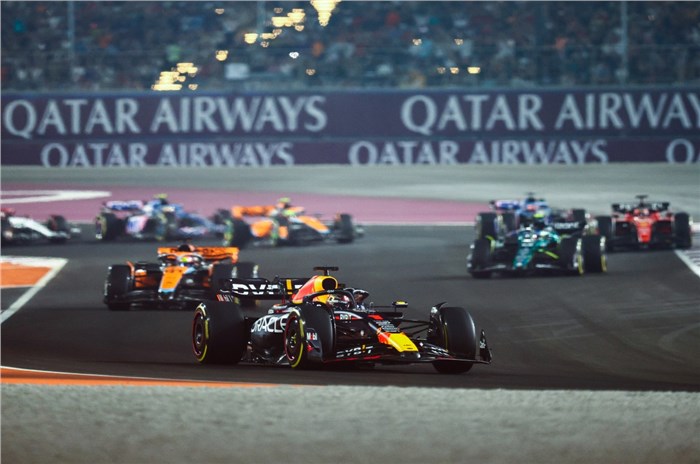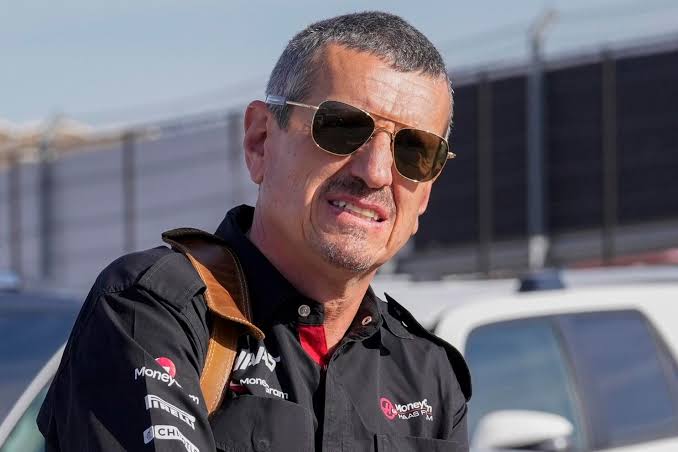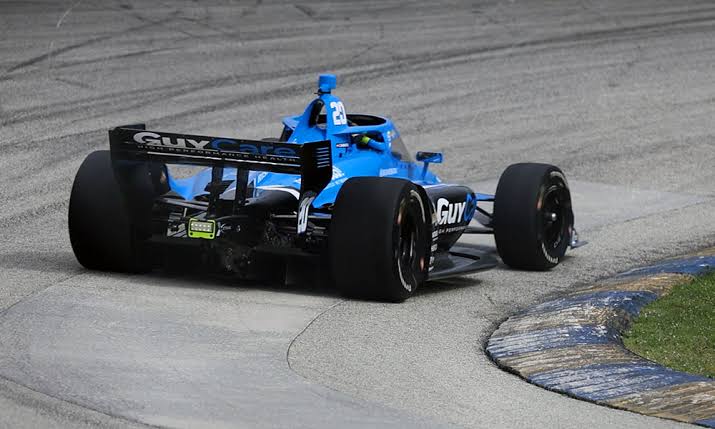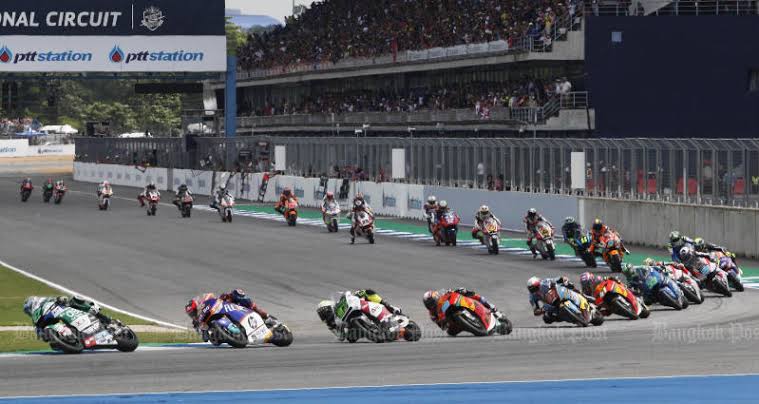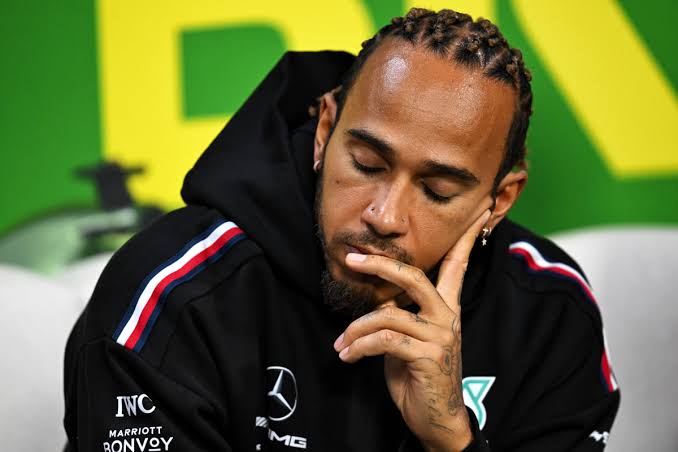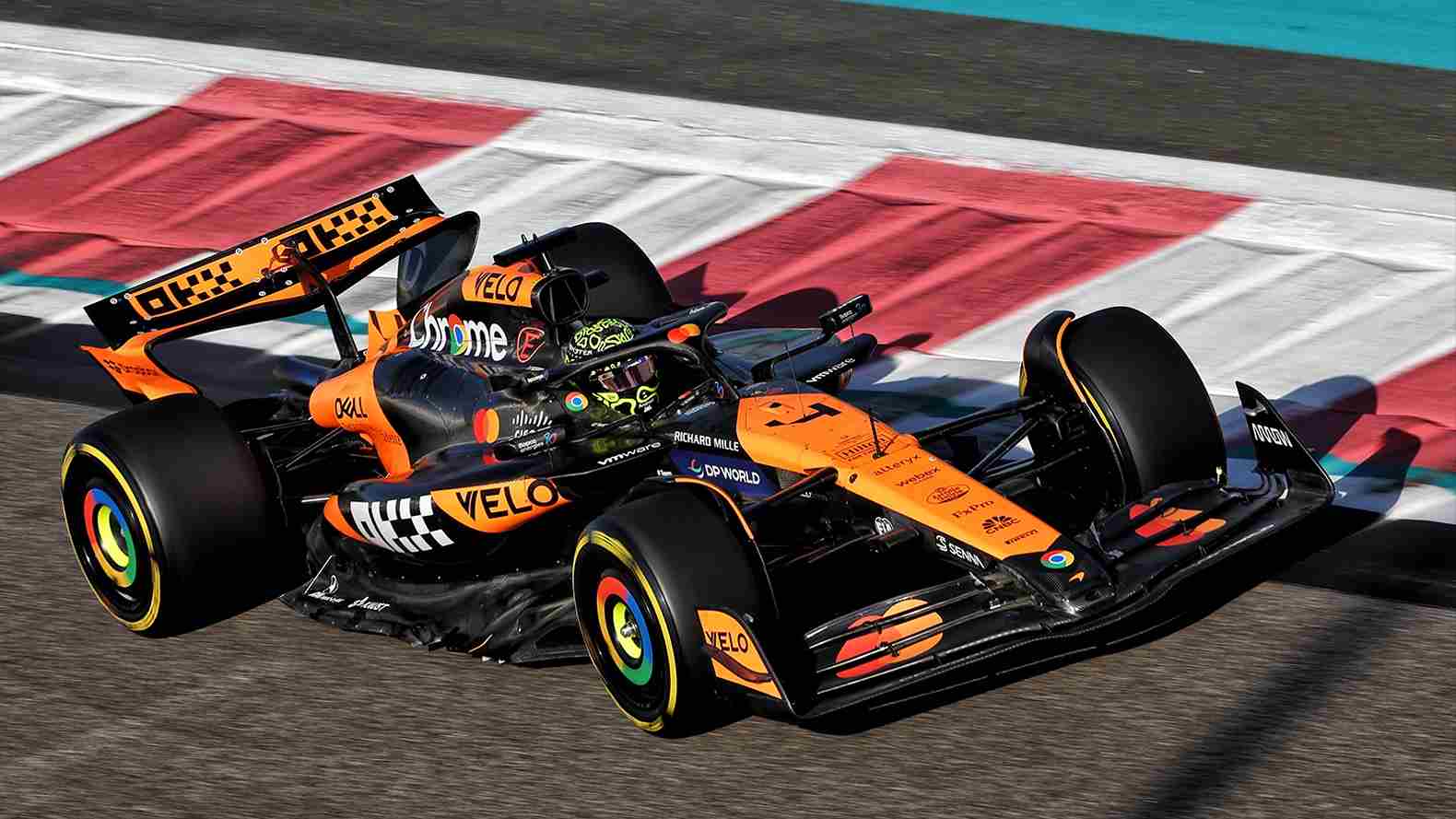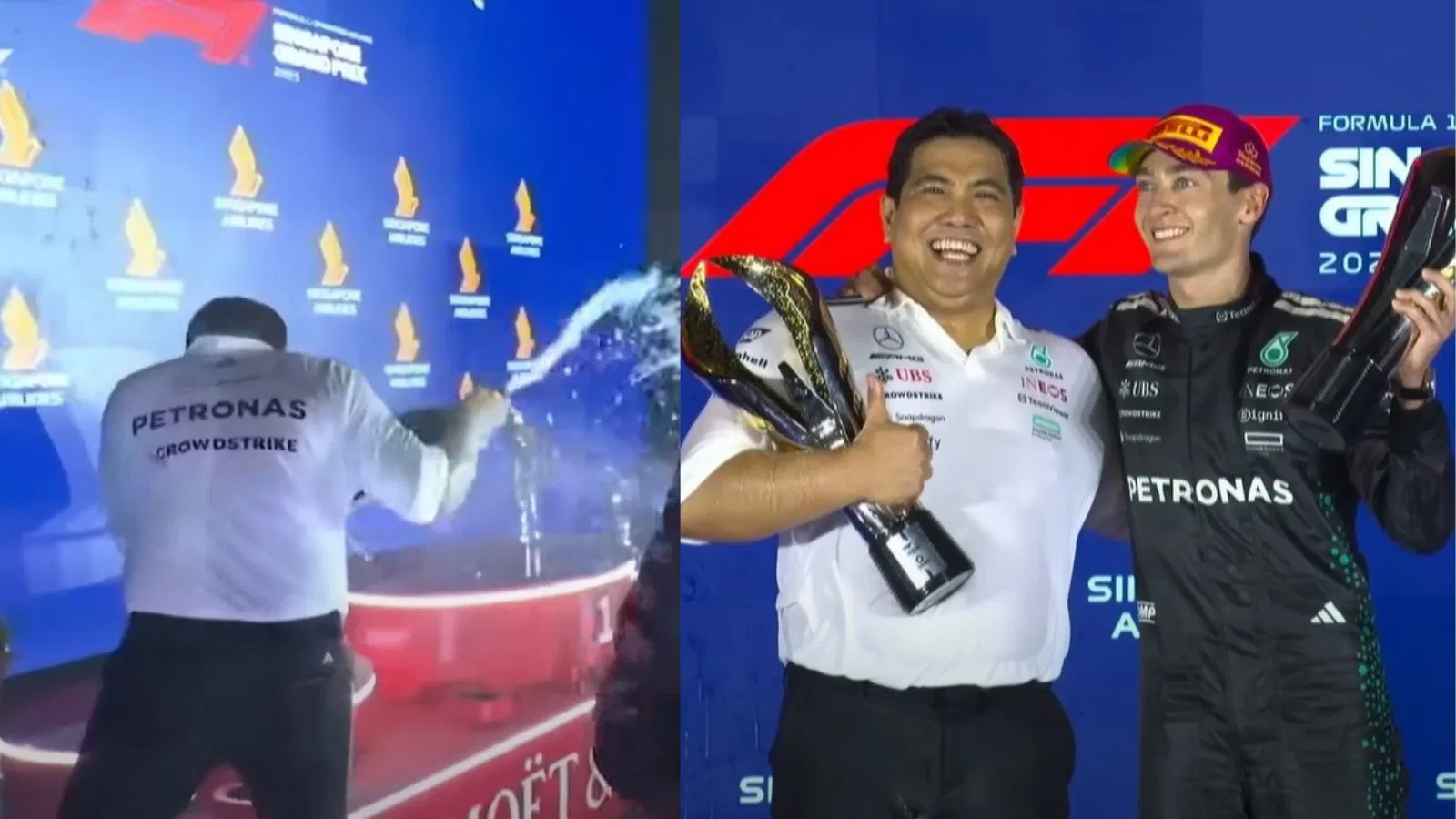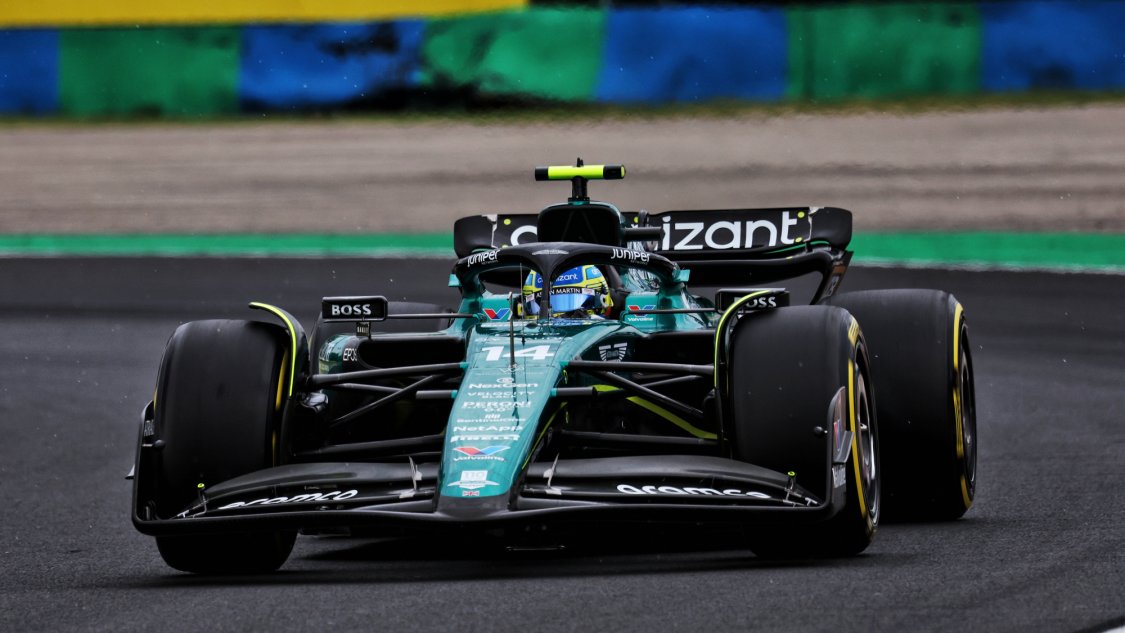Which Driver Had The Most And The Fewest Laps Erased Due To Track Limits In Qatar F1?
The F1 Qatar Grand Prix in 2023 delivered its fair share of thrills and controversies, with one of the most talked-about issues being the enforcement of track limits.
The introduction of a new anti-track limits system raised questions about fairness and its impact on the drivers’ performances. In this article, we will explore which driver had the most and the fewest laps erased due to track limits during this eventful race weekend.
The New Anti-Track Limits System
Before diving into the details, let’s understand the new anti-track limits system that caused quite a stir in Qatar.
Formula 1 introduced this system with the primary goal of ensuring fairness and safety on the track. It employs trackside sensors to monitor whether a driver exceeds track limits at specific corners.
The Most Erased Laps:
Lando Norris Lando Norris, the young and talented driver from McLaren, found himself at the center of attention during the qualifying session at the Lusail International Circuit.
Unfortunately for Norris, he had the most laps erased due to track limit violations. In total, he saw four of his laps invalidated, and the timing couldn’t have been more frustrating. Two of these deletions occurred during the crucial Q3 session, which had a direct impact on his starting position for the race.
The Fewest Erased Laps:
Lance Stroll On the other end of the spectrum was Aston Martin’s Lance Stroll. Stroll had the fewest laps erased due to track limit violations during the Qatar Grand Prix weekend. He faced the consequences of exceeding track limits on two occasions. While any lap deletion can be frustrating for a driver, Stroll’s record stood out as the most favorable among the competitors. The Impact on the Drivers For Lando Norris, the most laps erased meant that his qualifying session was far from ideal.
Norris had consistently shown a strong pace throughout the weekend and was considered a contender for a front-row start. However, the repeated lap deletions dropped him down the grid, ultimately landing him in the 10th position. In contrast, Lance Stroll’s limited laps erased allowed him to maintain a relatively stable performance throughout qualifying. While he didn’t secure pole position, his position on the grid was less affected by track limit enforcement.
Mixed Reactions The strict enforcement of track limits in Qatar led to mixed reactions from fans, drivers, and teams. While safety and fairness are paramount in motorsport, the high number of lap deletions during the qualifying session raised questions about whether the system was overly rigid.
The Importance of Consistency One key aspect that became evident during the Qatar Grand Prix weekend was the importance of consistency. Drivers needed to navigate the challenging Los Angeles International Circuit while being mindful of the track limits. The slightest deviation from the racing line could result in a lap being invalidated, potentially costing valuable positions on the grid.
What lies ahead As the F1 season continues, it remains to be seen how the new anti-track limits system will impact future races.
Striking a balance between enforcing track limits and allowing drivers some leeway will be a topic of discussion among stakeholders. In conclusion, the F1 Qatar Grand Prix in 2023 showcased the drama and controversy surrounding the enforcement of track limits.
Lando Norris faced the most laps erased, impacting his qualifying performance, while Lance Stroll emerged with the fewest lap deletions.
This race weekend serves as a reminder that precision and consistency are essential in Formula 1, where even the slightest mistake can have significant consequences on the track.
